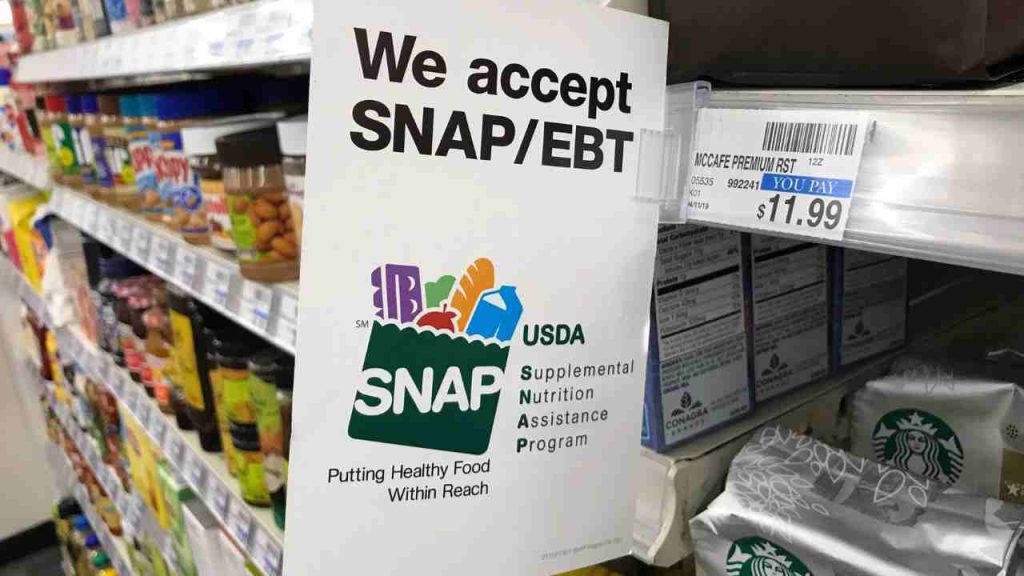The new SNAP payment amounts kicked in across Florida on October 1, 2025, following the latest Cost-of-Living Adjustment (COLA). The 2.7% raise is meant to help with higher prices at the grocery store, rising rent, and bigger utility bills but for many families, it barely moves the needle.
Critics argue that the food assistance program isn’t keeping up with real needs. They say that while the support helps, it’s still far from enough the recent increase might only cover one extra meal a month for many families.
New SNAP Benefit Amounts in Florida
The updated SNAP payment chart now sets new maximums for each household size, valid through September 2026. These are the official amounts after the 2.7% adjustment:
- 1 person: $298
- 2 people: $546
- 3 people: $785
- 4 people: $994
- 5 people: $1,183
- 6 people: $1,421
- 7 people: $1,571
- 8 people: $1,789
- 9 people: $2,007
- 10 people: $2,225
Each additional person: +$218
For thousands of Florida residents relying on EBT cards, these updated amounts define how much help they’ll get or how much they’ll still have to cover on their own.
SNAP Deposit Schedule for October 2025
The Florida Department of Children and Families (DCF) delivers SNAP payments on a staggered schedule based on the last two digits of each case number. Here’s how the remaining October dates line up:
- Oct 16: 54–57
- Oct 17: 58–60
- Oct 18: 61–64
- Oct 19: 65–67
- Oct 20: 68–71
- Oct 21: 72–74
- Oct 22: 75–78
- Oct 23: 79–81
- Oct 24: 82–85
- Oct 25: 86–88
- Oct 26: 89–92
- Oct 27: 93–95
- Oct 28: 96–99
If your payment doesn’t show up, call the EBT helpline before assuming there’s an issue with your benefits — many delays come from system processing times.
Who Qualifies for SNAP in Florida?
Applying for SNAP in Florida remains free, but the updated 2025-2026 income limits are stricter than many realize. To qualify, your monthly income must fall under the following caps:
Gross income limits:
- 1 person: $1,696
- 2 people: $2,292
- 3 people: $2,888
- 4 people: $3,483
- 5 people: $4,079
Each extra person: +$596
Net income limits:
- 1 person: $1,305
- 2 people: $1,763
- 3 people: $2,221
- 4 people: $2,680
- 5 people: $3,138
Each extra: +$459
Applicants must also meet SNAP’s citizenship or legal residency requirements. The maximum asset limit is $3,000 or $4,500 if the household includes someone elderly or disabled.
While the 2025-2026 COLA bump looks good on paper, it doesn’t solve the real problem: food inflation still outpaces benefits. A typical Florida household of four spends around $1,200 on groceries each month $200 more than SNAP’s new maximum.
SNAP may help families survive, but for many, it’s not enough to live. And as the next fiscal year unfolds, millions of low-income Floridians are hoping the government finally catches up with the cost of being hungry in America.
